Powerlifting revolves around three major compound lifts: the squat, deadlift, and bench press. These exercises should be the cornerstone of any well-structured program. However, incorporating variations can bring added benefits to your training. One of the top exercises for building quads is the hack squat. A variation of this is the barbell hack squat, which involves lifting a barbell from the floor, adding an extra challenge of grip strength and effectively targeting the legs with heavy weights. It’s straightforward: you move a loaded carriage up and down on two rails. Despite its simplicity, the hack squat can be incredibly versatile when included in a well-planned routine. In the following sections, we delve into the hack squat, covering its form, programming, the muscles it targets, and who can benefit most from performing this exercise.
How to Do a Hack Squat
-
Start: Stand in front of the hack squat machine and be sure the weight plates are correctly loaded onto the bars under the weight sled.
The adjustable safety catch provides enhanced protection during training, preventing the carriage from lowering any further and allowing you to train confidently to muscle failure.
-
Position Yourself: Step onto the platform, pressing your back and shoulders against the pads. Face forward, with your chest out and head up.
-
Foot Placement: Stand with your feet shoulder-width apart, pointing slightly outward, and flat against the platform.
-
Engage Your Core: Take a deep breath to engage your core. Bend at your hips and knees, lowering your body until your legs form a 90-degree angle, as if you’re sitting in a chair with weight on your back.
-
Pause and Push: Pause briefly at the bottom. Exhale, then push through your heels to extend your legs, keeping your back neutral and chest up.
Expert Tips
-
Keep Your Back Straight: Engage your core and press your back firmly against the pad, keeping your head facing forward. This helps maintain proper posture and prevent injuries.
-
Use Controlled Movements: Avoid using momentum to lower the sled. Don't bounce at the bottom; instead, pause briefly to focus on the mind-muscle connection. This ensures you’re working the targeted muscles effectively.
-
Maintain Heel Contact: Make sure your feet are shoulder-width apart and flat on the platform. If your heels lift during the exercise, adjust your foot position to keep them firmly planted, which will help you stay balance and proper form.
How to Incorporate Hack Squats into Your Workout Split
The hack squat is a versatile lower-body exercise that can be integrated into various workout routines to achieve different fitness goals, such as building muscle, developing strength, or working around an injury. The key lies in how you program it. Incorporating hack squats into a leg day routine can effectively target and build strength in the leg muscles, particularly the quadriceps.
For Strength and Hypertrophy:
Push/Pull Split
-
Push Days: Include hack squats as one of your primary movements along with one or two isolation exercises. Incorporating different squat variations, such as hack squats, can significantly benefit muscle development and engagement.
Bro Split
-
Lower Body Days: Incorporate hack squats alongside isolation exercises like lying leg curls and calf raises.
Total Body
-
Daily Full-Body Workouts: Start with large compound lifts and follow up with hack squats either immediately after or as a stand-alone movement.
For Strength Development:
-
Main Movement Patterns: Program hack squats after your primary strength exercises (squats, deadlifts, bench press). This approach ensures you have more energy for these key lifts. Afterward, include hack squats before moving on to isolation exercises.
By following these guidelines, you can effectively integrate hack squats into your workout split to meet your specific training objectives.
Primary Muscle Groups in Machine Hack Squats
When performing machine hack squats, the quadriceps and gluteus maximus are the primary movers, working together to execute the movement correctly. The hack squat machine provides stabilization, with the degree of support varying based on the machine’s angle—30 degrees offering the most stabilization.
Additionally, hack squats engage key lower body muscles, including the quadriceps, glutes, hamstrings, and calves.
Effect on Quadriceps
The angled position of the hack squat machine emphasizes the muscles in your anterior chain. The quadriceps, located at the front of your thighs, consist of four muscles:
-
Vastus lateralis
-
Vastus intermedius
-
Vastus medialis
-
Rectus femoris
These muscles are primarily responsible for knee extension and hip flexion. During the hack squat, these movement patterns make the quadriceps the primary movers.
Effect on Gluteus Maximus
The gluteal muscles, which form the buttocks, include:
-
Gluteus maximus
-
Gluteus medius
-
Gluteus minimus
The gluteus maximus, being the largest and most superficial, plays a significant role during the machine hack squat by extending the hips. This muscle is especially engaged as you rise from the bottom position of the squat.
The hack squat machine allows for a greater hip extension motion compared to traditional squats, resulting in increased glute activation.
Secondary Lower Body Muscles in Machine Hack Squats
Effect on Hamstrings
Your hamstrings, located at the back of your legs below your buttocks, consist of three muscle groups:
-
Semimembranosus
-
Semitendinosus
-
Biceps femoris
The primary functions of the hamstrings are hip extension and knee flexion. During the machine hack squat, they serve as secondary movers, working alongside your quads and glutes. They stabilize the glutes during the movement. Positioning your feet further forward on the platform increases the emphasis on your hamstrings.
Effect on Hip Adductors
Your hip adductors, located in the medial compartment of your thigh, consist of:
-
Adductor longus
-
Adductor brevis
-
Adductor magnus
-
Gracilis
The primary function of the hip adductors is to move your legs closer to your body's midline. During a machine hack squat, they assist with hip extension, helping you rise from the seated position.
Effect on Gastrocnemius and Soleus
Your calf muscles, located at the back of your lower leg, include:
-
Gastrocnemius
-
Soleus
The gastrocnemius is involved in knee flexion and plantarflexion, while the soleus performs only plantarflexion, helping to point your toes and push off the ground. During the machine hack squat, these muscles act as secondary movers, particularly during the downward phase and when pushing off the platform.
Effect on Erector Spinae
The erector spinae, spanning the full length of your vertebral column from your skull to your pelvis, consists of three parts:
-
Spinalis
-
Longissimus
-
Iliocostalis
Each of these muscles splits into three smaller muscles, making a total of nine. Their main functions are back extension and lateral back flexion. In the hack squat, the erector spinae works with other trunk muscles to maintain a stable lifting position. Due to the fixed sled position, hack squats place less load on the erector spinae, making them suitable for those with lower back injuries.
Who Should Do the Hack Squat?
The machine hack squat’s versatility makes it suitable for a wide range of individuals. Here’s a closer look at who can benefit from this exercise:
Compared to barbell squats, hack squats target different muscles, offer more stability, and place less stress on the body.
While hack squats are beneficial, incorporating free weight squats is crucial for muscle activation, stabilization, and athletic performance. Hack squats can complement these exercises by providing targeted training.
Beginners
For beginners, the hack squat is an excellent way to learn proper squatting form. The fixed sled position helps maintain an upright torso and proper head and chest positioning. With reduced load on the lumbar spine, it offers a safer way to master the squat movement before progressing to traditional squats. The machine’s safety catches provide additional security if you fail a repetition.
Powerlifters
Powerlifters can use hack squats to enhance lower body strength, particularly in the bottom squat position. When programmed correctly after main lifts like the squat, deadlift, and bench press, hack squats serve as an effective compound exercise to boost overall strength performance.
Bodybuilders
For bodybuilders, muscle hypertrophy requires a suitable exercise stimulus. The angled sled and platform of the hack squat machine focus stress on the quadriceps, making it an ideal exercise for isolating these muscles. The machine allows easy weight adjustments, facilitating giant sets where multiple ascending sets are performed in succession. Additionally, partial reps using a smaller range of motion and pause reps at the bottom position can be easily incorporated for varied muscle stimulation.
Who Should Avoid the Reverse Hack Squat?
While the hack squat is beneficial for many, certain populations should avoid this exercise due to its loading and movement patterns.
People with Knee Injuries
Individuals with knee extensor injuries or common knee issues such as fractures, dislocations, tears, and sprains should avoid exercises involving knee extension. Instead, focus on rehabilitation exercises to strengthen surrounding structures. Weight-bearing exercises should only be resumed after consulting with a physical therapist.
People with Mobility Issues
Although the hack squat is beginner-friendly, it requires significant hip and knee flexion. This may not be suitable for those with mobility issues. In such cases, the primary focus should be on improving mobility before attempting hack squats.
Benefits of the Hack Squat
When performed correctly, hack squats offer several benefits. Here are some of the main advantages:
Hack squats are engineered to develop lower body strength and build perfect legs, targeting a variety of lower body muscles including the quadriceps, glutes, hamstrings, and calves. Compared to the leg press, hack squats can target more muscle groups and provide specific training benefits for barbell squats.
The hack squat machine is designed to provide a safe and effective workout. It allows for controlled movements, reducing the risk of injury while maximizing muscle engagement. Similarly, a leg press machine features robust construction and safety mechanisms, assisting in achieving lower body training goals by targeting the quads, glutes, hamstrings, and calves.
Excellent Quad Hypertrophy
Hack squats are highly effective for isolating the quadriceps. The fixed sled position helps maintain proper form, minimizing the involvement of other muscles and making it an excellent exercise for muscle hypertrophy. Additionally, the machine's design facilitates achieving a deeper squat position, which is crucial for maximizing muscle growth.
Less Lumbar Spine Loading
The angled sled and fixed movement pattern reduce lumbar spine loading compared to traditional squats. This makes hack squats an ideal option for individuals with lower back issues, as it allows them to perform squats with less strain on the spine.
Improved Functional Performance
Hack squats require a wider range of hip flexion, making them a great functional exercise for improving performance in activities that involve similar movement patterns, such as jumping, changing direction, and sprinting. This movement pattern also translates well to daily activities, which often require hip and knee flexion, like picking up shopping bags or retrieving items from lower shelves.
Incorporating hack squats into your routine can enhance quad development, reduce spinal load, and improve overall functional fitness.


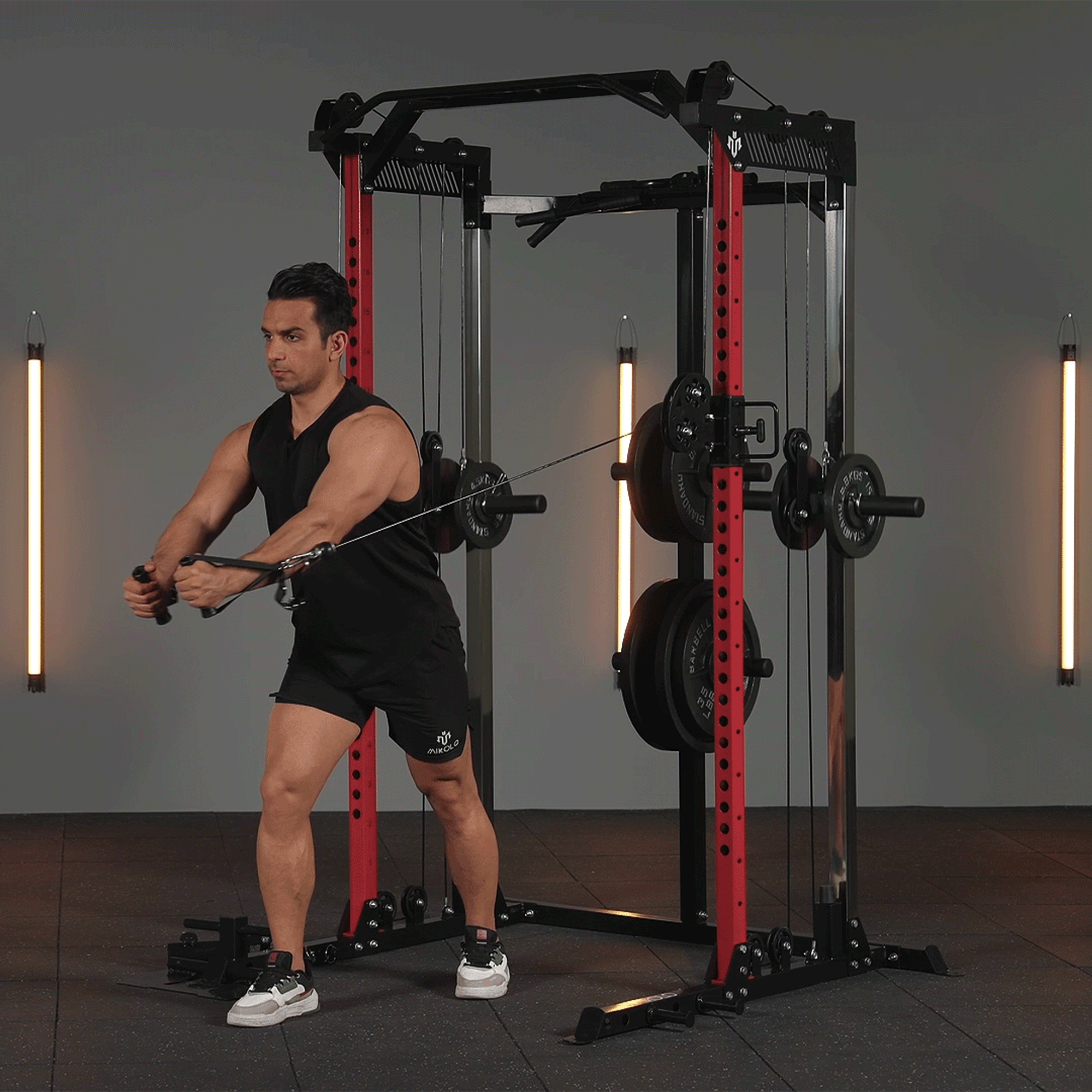


















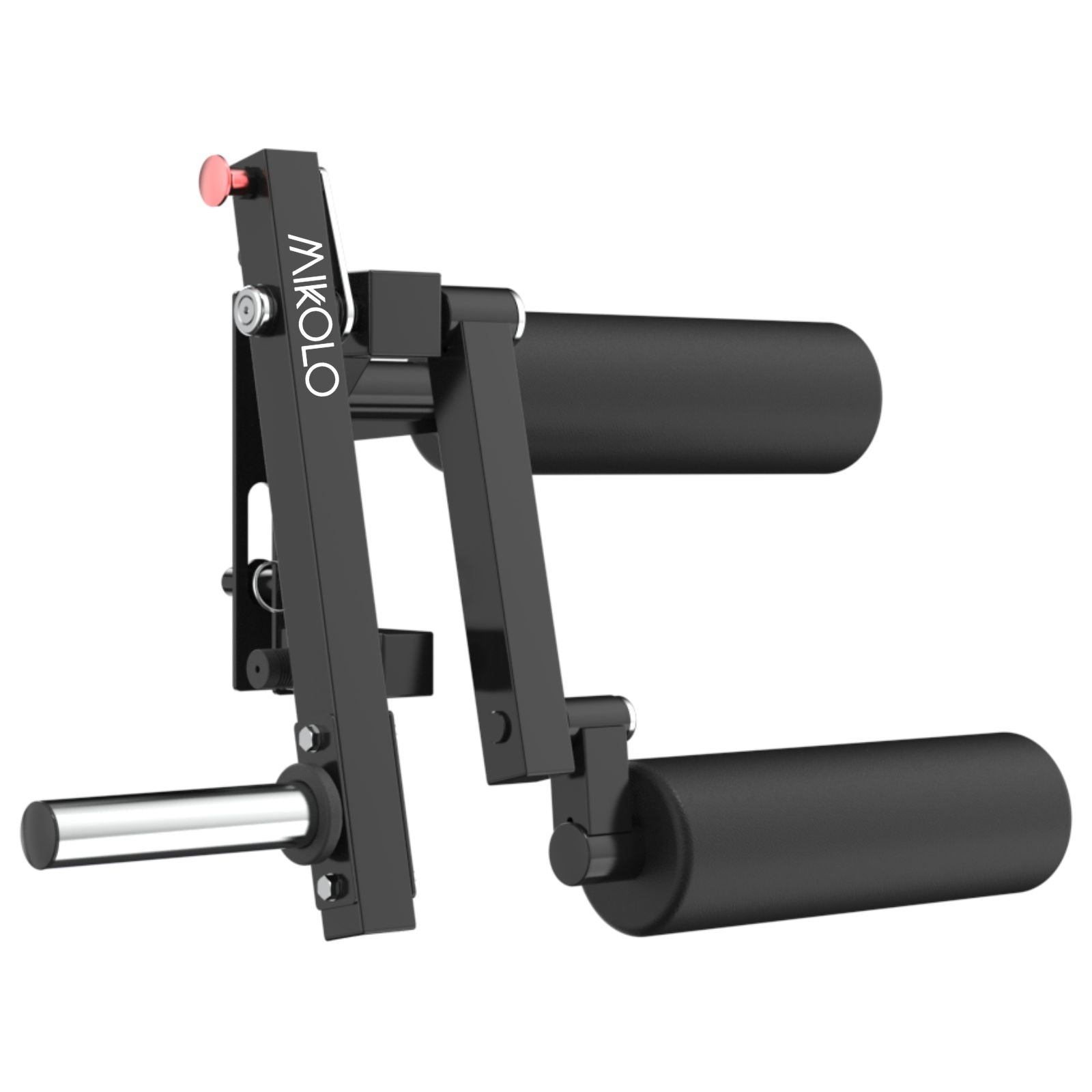















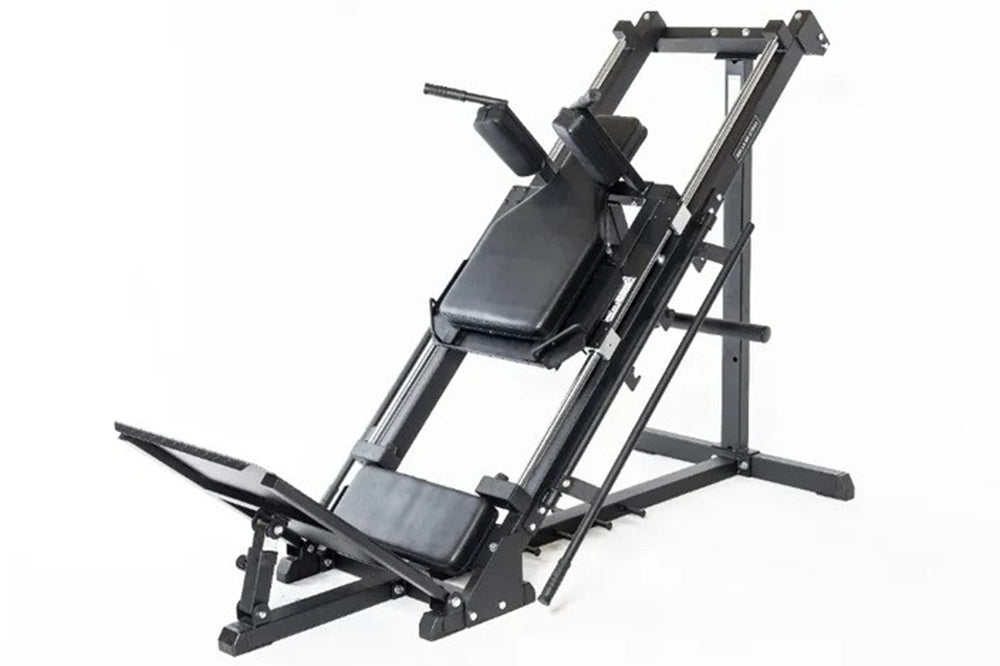
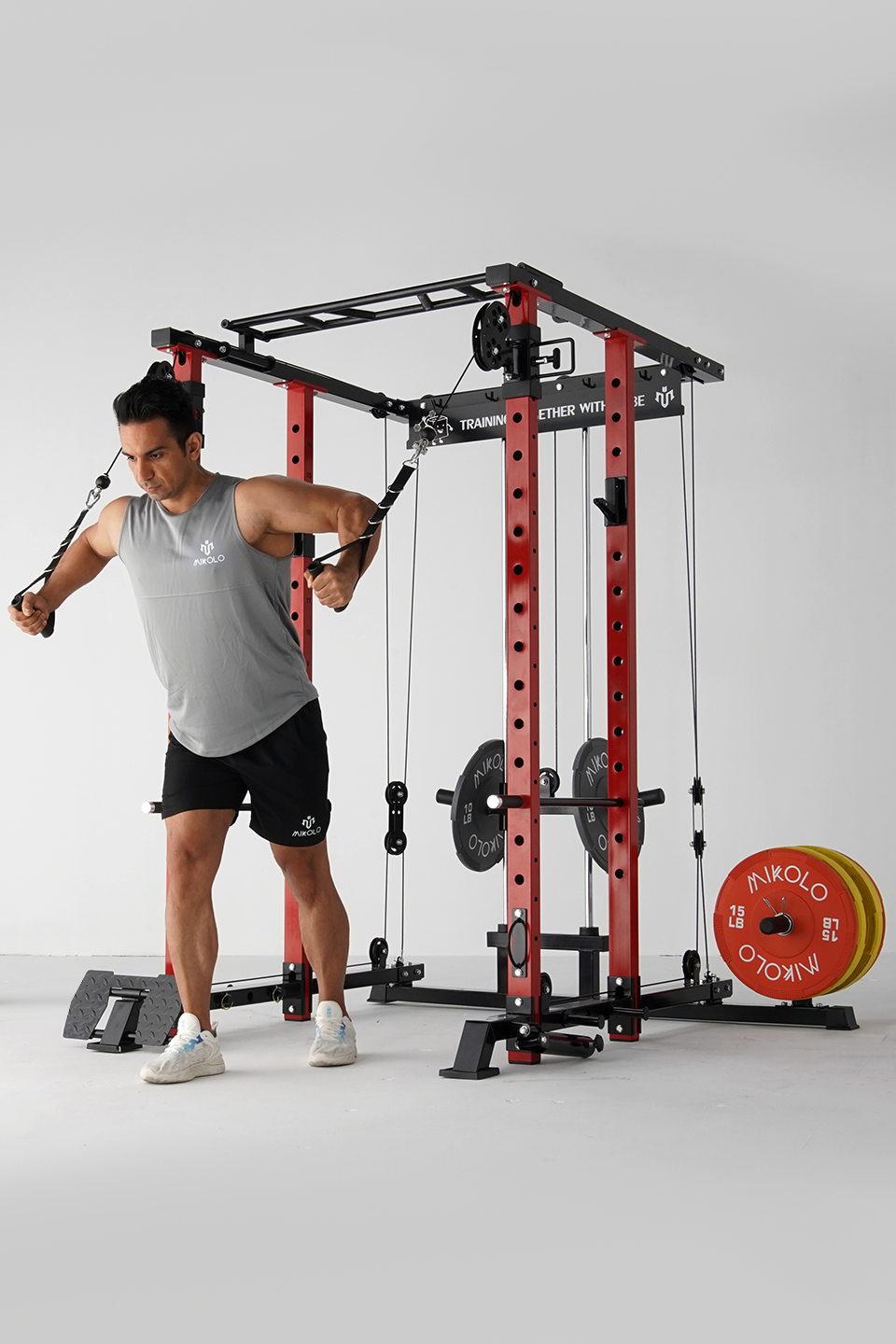
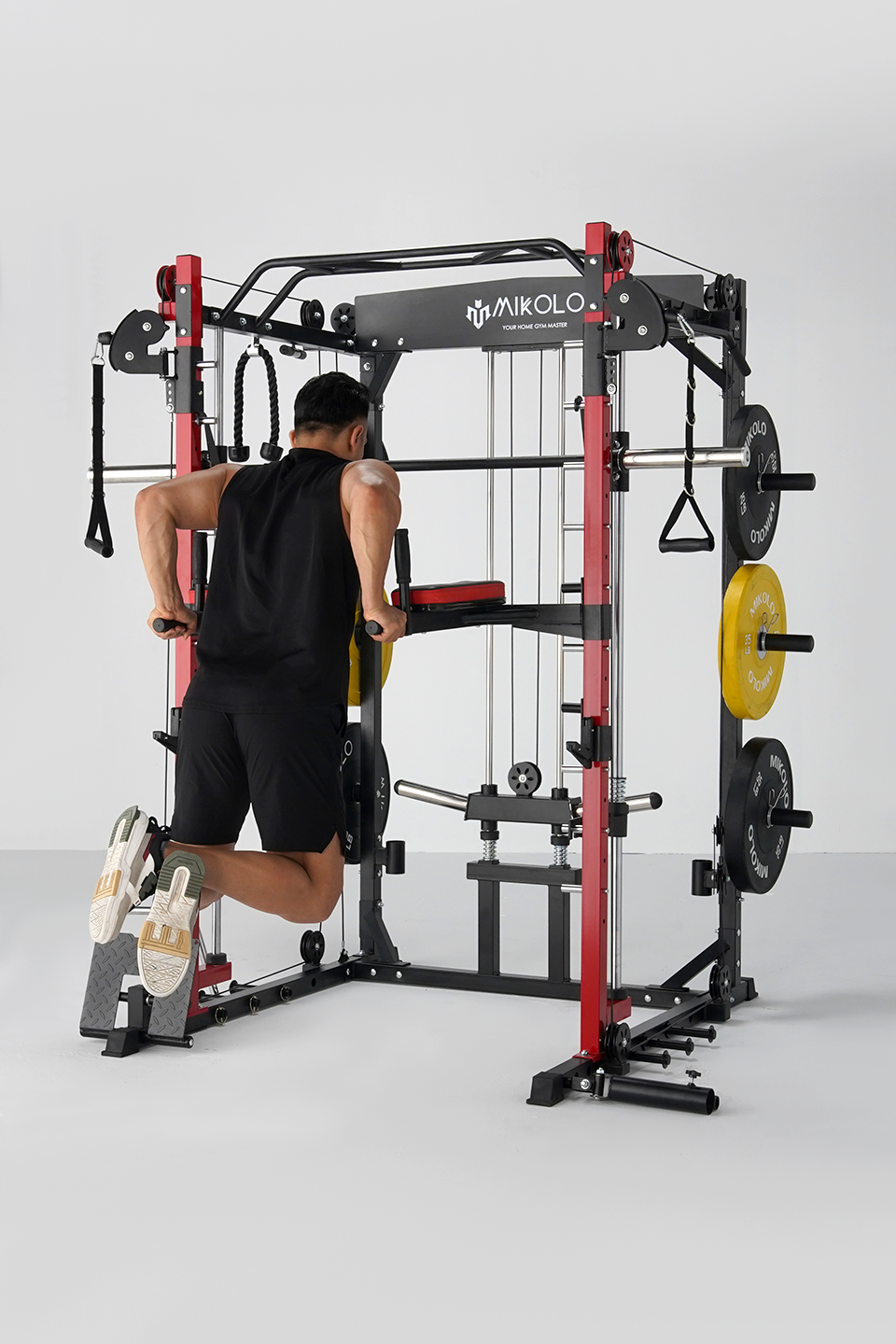


Leave a comment
This site is protected by hCaptcha and the hCaptcha Privacy Policy and Terms of Service apply.